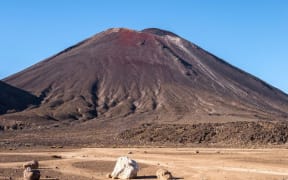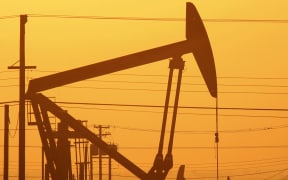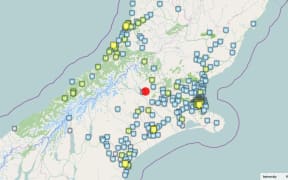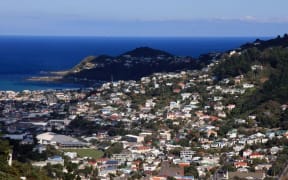At a time when there were no universities or high-tech equipment a pioneering science organisation was launched in New Zealand 150 years ago and continues to carry out ground-breaking work.
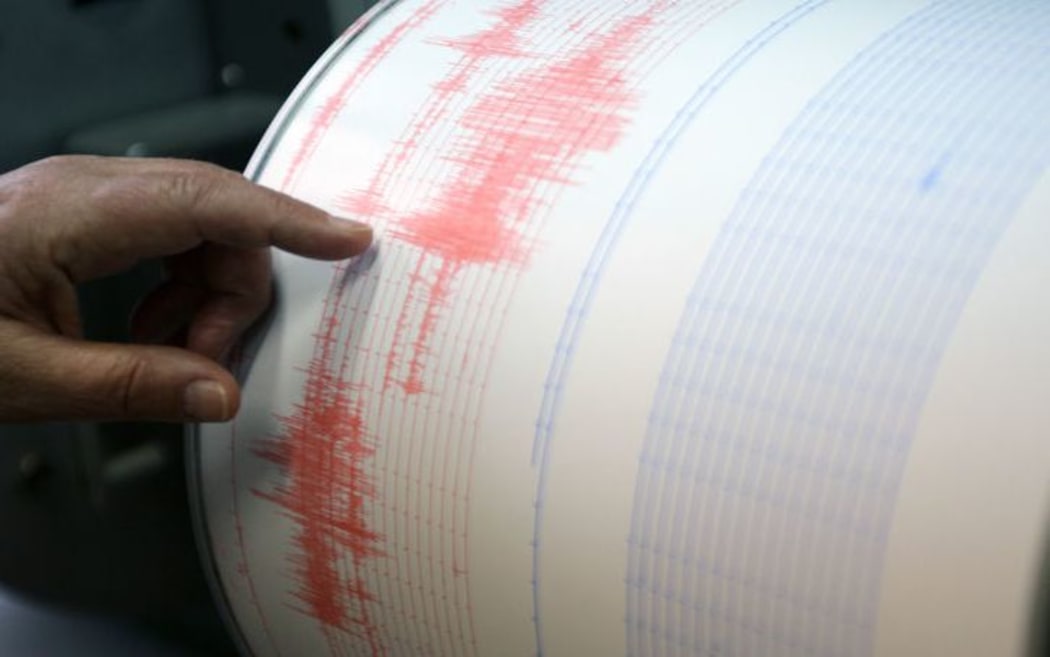
Recording earthquake information Photo: 123rf
The Geological Survey, now known as the Institute of Geological and Nuclear Science, or GNS, opened in April 1865.
It was started by Scottish geologist Sir James Hector when he was given the job of mapping the country's coal resources.
His office was on the grounds of what is now Otago Boys' High School. GNS now has four offices and employs 400 staff.
The most prominent scientist from GNS is Thomas Athol Rafter who helped develop carbon dating in the 1950s.
The lab he established at GNS is the longest-running radiocarbon dating lab in the world and is a science that is still a major part of GNS today.
Scientists are also working on samples to reveal past climates which will help them predict the future climate if Earth continues to warm.
Early earthquake work
GNS is probably most well-known for its work on earthquakes through its Geonet unit.
Chief Executive Mike McWilliams said quake science dates back almost as long as the organisation.
He said Sir James was fascinated by quakes and as early as 1870, he organised telegraph operators to send telegraphs to him and his colleagues if they felt earthquakes.
In the early 1900s GNS got two seismographs. One was based in Wellington and the other in Christchurch. Now there are 350 around the country.
GNS said it is unlikely its scientists will be able to predict quakes in the next 150 years, but may have better indications of when they may hit.
Mike McWilliams said the focus for the next 150 years is to continuing mapping the country which is a huge task.
"We've spent the last 150 years largely mapping what is above sea level. There is another piece of our continent called Zealandia that is about 20 times bigger and there's a lot out there," he said.
"We can't send geologists out with hammers and microscopes and pocket lenses to look at the outcrops the way Hector and his colleagues did, so again it comes back to the tools. We're going to need new tools to explore that region that is the other 95 percent of New Zealand."
Work on that will begin later in the year.
The 150th celebrations of science in New Zealand will continue over the next couple of years as Sir James Hector went on to establish what we now know as NIWA, The Royal Society, MetService, ESR and Te Papa.
